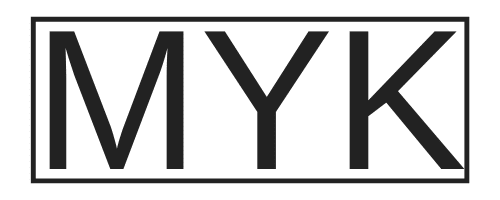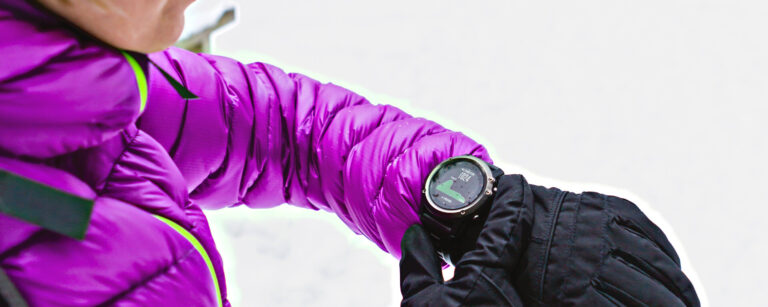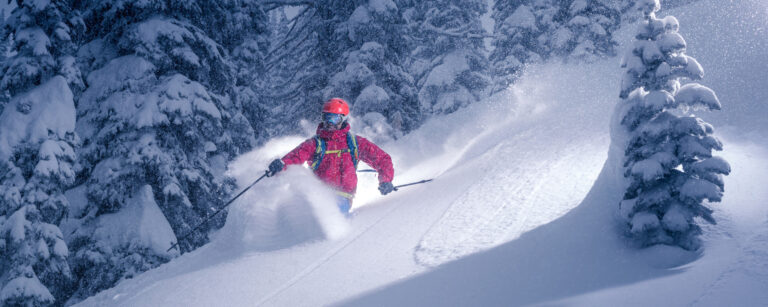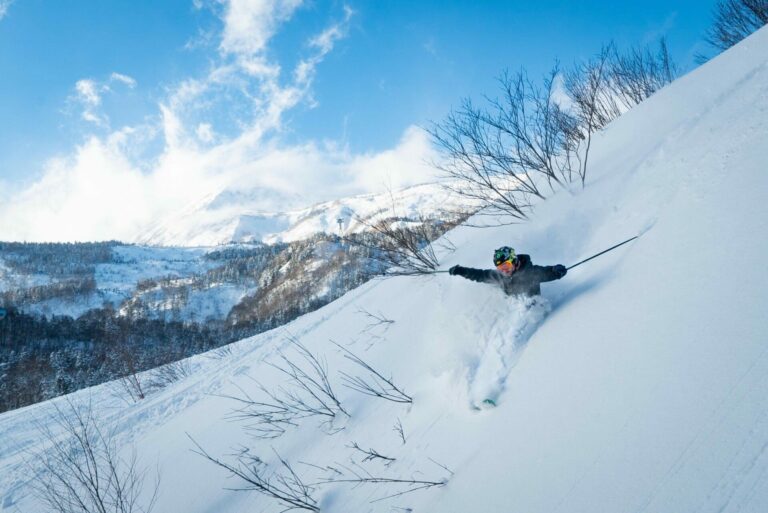7 Best Ski Helmets 2023
Skiing can be a dangerous sport. We’ve come a long way from the days of sliding down the resort on two sticks with nothing but a wool hat to protect us. Today’s ski and snowboard helmets are made of high-quality materials, feature advanced safety features, and will keep you safe while you enjoy a day skiing with your kids, slashing pow or carving up the piste.
When buying a helmet, it’s essential to find one that best suits your needs. Some key factors include fit, comfort, durability, weight, and ventilation.
Our guide to the Best Ski Helmets will help you choose the right for your needs, so you can focus on having fun instead of worrying about your safety.
Without further ado, let’s get started!
What Are The Best Ski Helmets?
Here is our ranked and reviewed list of the best ski helmets.
The 7 Best Ski Helmets
- Best Overall Ski Helmet – Smith Vantage MIPS
- Best Budget Ski Helmet – Giro Ledge MIPS
- Best Helmet For Backcountry – Salomon MTN Lab
- Best Park Ski Helmet – Giro Emerge MIPS
- Best Ventilation – Sweet Protection Switcher
- Best Warmth – Smith Nexus MIPS
- Best Goggle Compatability – Oakley Mod 7
1) Best Overall Ski Helmet – Smith Vantage MIPS
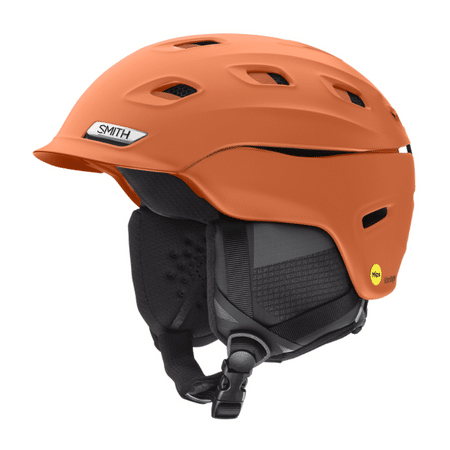
Specs
- Construction: Hybrid Molded
- Adjustment System: BOA® 360 Fit System
- Weight: 1lb 2oz
- Number of Vents: 21 Adjustable Vents
Overview
Are you looking for a high-quality, durable ski helmet to keep you safe and comfortable on the slopes? Look no further than the Smith Vantage helmet, full of advanced tech that sets it apart from the competition. With a dual vent system of 21 vents and an integrated Boa 360 adjustable fit, the Vantage gives you uncompromising comfort and control. Plus, with features like MIPS technology and smith helmets Aerocore construction, you can rest assured that your head will be safe in even the most challenging conditions. The Vantage MIPS model runs a bit small, so if you are on the high end of the fit range, choose the larger size.
Price
$270
2) Best Budget Ski Helmet – Giro Ledge MIPS
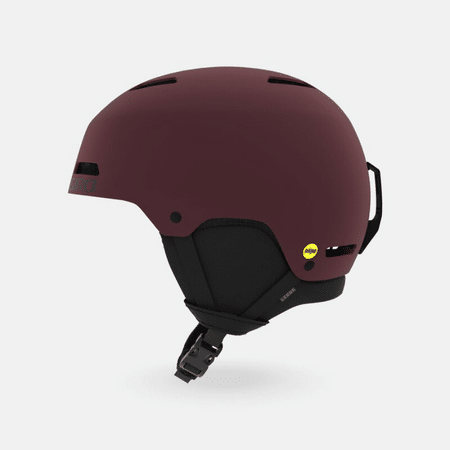
Specs
- Construction: ABS
- Adjustment System: Auto Loc 2
- Weight: 1lb 2oz
- Number of Vents: 8 Fixed
Overview
The Giro Ledge MIPS is an excellent lightweight helmet that offers top-level protection and performance but won’t break the bank. With its rigid ABS hard-shell construction, adjustable fit, and cutting-edge MIPS technology, this helmet is safe and affordable. The IN FORM™ adjustable fit system provides a custom fit with just a few seconds of adjusting, even while wearing gloves. The fit dial is located at the base of the helmet for easy access and provides up to 6cm of adjustability for enhanced stability. The helmet offers seamless compatibility with all of Giro’s Ski Goggles. So if you’re looking for a helmet that provides the best protection and performance in an affordable, stylish package, look no further than the Giro Ledge MIPS.
Price
$100
3) Best Helmet For Backcountry – Salomon MTN Lab
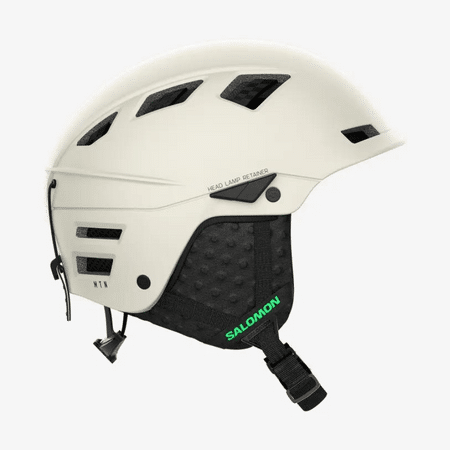
Specs
- Construction: In-mold
- Adjustment System: Dial-fit
- Weight: 14 oz
- Number of Vents: 12 Fixed
Overview
The Salomon MTN Lab is the best helmet to keep you safe in the backcountry adventures and all-mountain use. This helmet is designed with safety, comfort, and performance in mind, offering advanced protection thanks to its EPS4D construction and dial-fit adjustment system. It is lightweight with a merino wool liner for added comfort. The 12 fixed ventilation ports keep you cool even when the going gets tough. Its thoughtful construction from recycled and reused materials aligns with Salomon’s commitment to sustainability. The helmet is safety certified for climbing and is ideal for backcountry or ski mountaineering.
Price
$200
4) Best Park Ski Helmet – Giro Emerge MIPS
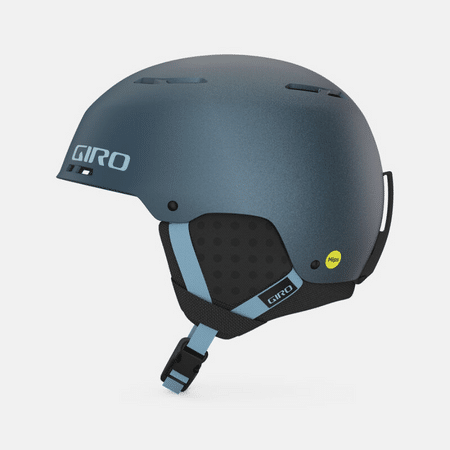
Specs
- Construction: ABS
- Adjustment System: Stash Fit System
- Weight: 1lb 2oz
- Number of Vents: 10 Fixed
Overview
The Giro Emerge MIPS Helmet is a lightweight, low-profile ski helmet that offers advanced protection for park skiers. Its trusted freestyle shape and MIPS Spherical technology provide optimal protection against impacts from high- and low-energy collisions. Featuring two layers of impact-reducing EPP foam, this helmet is perfect for riders looking to take their freestyle skills to the next level. The Giro Emerge MIPS Helmet is the newest half-shell design that gives freestyle riders the same protective technology as a World Cup Avance helmet. So if you’re looking for style and protection, look no further than the Emerge MIPS Helmet from Giro.
Price
$160
5) Best Ventilation – Sweet Protection Switcher
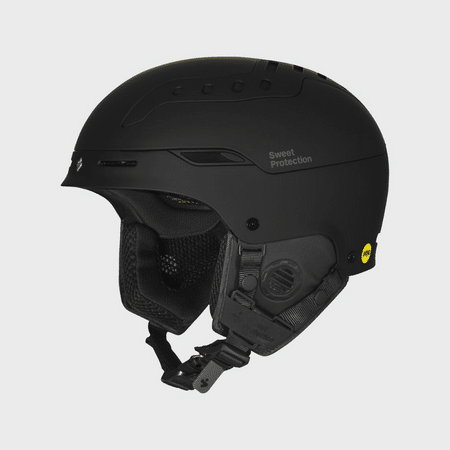
Specs
- Construction: Hybrid In-Mold
- Adjustment System: Turn-Dial Adjustment
- Weight: 1lb 5oz
- Number of Vents: 22 Adjustable Vents
Overview
An award-winning all-mountain helmet, the Sweet protection switcher offers best-in-class ventilation. With 22 adjustable vents and unique impact shield technology, it is perfect for any weather and day on the mountain. With a magnetic buckle and audio-ready system, this helmet offers everything you need for a safe and comfortable ski experience. The hybrid in-mold construction makes this helmet both lightweight and sturdy, while the removable ear pads make it easy to clean. So if you’re looking for best-in-class ventilation, protection, and comfort, look no further than the Sweet Protection Switcher.
Price
$270
6) Best Warmth – Smith Nexus MIPS
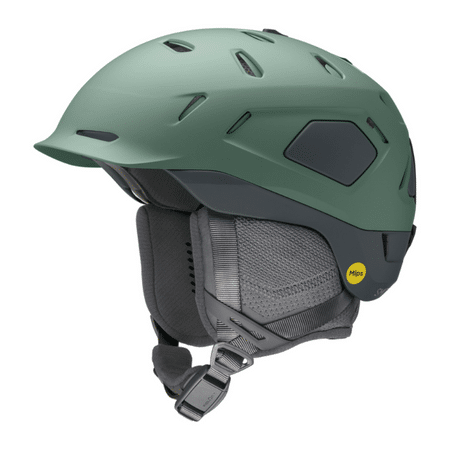
Specs
- Construction: Hybrid In-Mold
- Adjustment System: BOA® 360 Fit System
- Weight: 1lb 3oz.
- Number of Vents: 24 Adjustable Vents
Overview
The Smith Nexus MIPS Helmet provides best-in-class warmth and protection. Built for those who spend a lot of time on the slopes, the Nexus features a hybrid in-mold construction, 24 adjustable vents, and a BOA 360 Fit System for optimal comfort. With its advanced Koroyd technology and MIPS Spherical liner, the Nexus offers superior protection against high- and low-impact collisions. And with its sweat-wicking, odor-fighting liner, this helmet is perfect for riders who want guaranteed warmth and comfort on the mountain. So if you’re looking for best-in-class protection, warmth, and comfort, look no further than the Smith Nexus MIPS Helmet.
Price
$325
7) Best Goggle Compatability – Oakley Mod 7
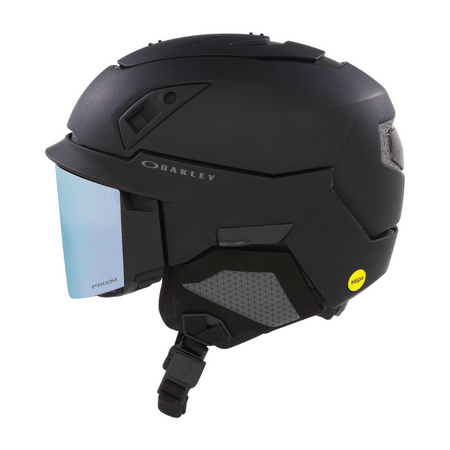
Specs
- Construction: Hybrid In-Mold
- Adjustment System: BOA
- Weight: 1lb
- Number of Vents: Fixed
Overview
The Oakley Mod 7 is the visor helmet for people who want a proper goggle fit. Featuring Secure-Connect technology and Prizm lens tech, the Mod 7 delivers an all-in-one experience for any all-mountain adventure. Whether you’re hitting the slopes or exploring uncharted backcountry terrain, this helmet has everything you need to stay safe and comfortable in any condition.
The price is high, but when you consider you get a high-end helmet and Oakley goggles for one price, it is reasonable. The goggle uses a magnetic locking mechanism to secure the lens. Once on your face, it has two positions—one tight to your face and a second offset to allow ventilation. There is also on top of the helmet location so you can store the goggles when you don’t want to wear them. The integrated design offers the best possible helmet goggle fit and the best chance to keep your goggles from fogging.
Price
$490
Ski Helmet Buyers Guide
Helmet Construction
Whether you’re looking for best-in-class ventilation, protection, warmth, or compatibility with your goggles, various construction options are available.
ABS
ABS hard-shell ski helmets are durable and provide the best protection from high-impact collisions. They are built with a rigid plastic exterior and an inner foam liner held in place with glue. ABS scratches more easily than other materials but is much less likely to show superficial damage like dents and bruises. It’s also the most budget-friendly option available, and many models come equipped for all-season use while biking, skateboarding, or roller skating. The drawback is that it tends to be bulkier and heavier than other designs, which limits ventilation.
In-Mold and Hybrid
Many mid-range and high-end ski helmets utilize in-mold or hybrid in-mold technology. In short, this construction combines a thin shell with an EPS foam liner, which is molded to create a single unit. The result is a lighter-weight ski helmet that still provides excellent protection and absorption from impact. Ventilation is also increased with this design, though the extent will differ depending on the model and price point.
Helmet Safety
Ski helmets are tested by various safety organizations, including American Society of Testing and Materials (ASTM), British (BS), and European (EN) standards. When looking for a new ski helmet, check whether or not it has been certified by one or more of these third-party organizations.
Certifications
The best way to measure the quality of a ski helmet is by checking its safety certification. Most high-end models carry multiple certifications, including those from ASTM International, CEN, and CPSC. Lower-priced ski helmets will likely only feature one or two certifications, so check what you’re getting before purchasing.
MIPS
MIPS, or Multi-directional Impact Protection System, is quickly becoming standard in most ski helmets. This advanced design reduces the rotational forces commonly occurring during impact, resulting in a lower risk of brain damage or injuries. MIPS protects your brain by having a liner that moves independently from the outer shell, providing angled impact protection. MIPS’ more superior Spherical technology uses two pieces of EPP foam configured in a ball-and-socket to achieve the same goal: protecting your head during an impact.
Koroyd and WaveCel
In addition to MIPS, some helmet manufacturers have begun to replace standard EPS foam with cellular or honeycomb-like materials like WaveCel (found in Anon ski helmets) and Koroyd (Smith’s solution). These materials generally absorb more energy upon impact than EPS liners do while also minimizing bulk and weight for enhanced ventilation. WaveCel is exceptionally proficient at angled impact protection and reducing rotational forces; as a result, current WaveCel-equipped lids have eliminated the need for an additional MIPS liner.
EPS vs. EPP Foam
Two main foam types are used in ski helmets: EPS and EPP. Helmets made with EPS foam are more affordable but more likely to crack after a significant fall. On the other hand, EPP foam is more durable and can take multiple hits without breaking. It’s also less likely to require an ABS or polypropylene shell to help distribute the force.
Fixed vs. Adjustable Ventilation
When choosing a ski helmet, it’s essential to consider how well the vents perform in cold weather. Some ski and snowboard helmets come with fixed ventilation that can’t be adjusted on-the-fly, while others let you open and close individual vents at your discretion. Adjustable venting is best for variable conditions, but fixed venting tends to provide more consistent airflow, making it the best option for warmer weather.
Liners
Helmet liners are typically removable and washable, which is ideal for preventing bacteria growth. Other useful features to look for include anti-microbial treatments and padding or cradle systems that offer additional support and comfort.
Weight
Ski helmet weight is an important consideration. Ideally, it would help if you looked for a helmet with a liner made from lightweight materials like EPP or Koroyd that isn’t too bulky or burdensome to wear. If you plan to use your helmet to stay safe in the backcountry, you will likely carry it on your pack, and the lighter the helmet, the better.
Additional Features To Consider
Goggle Clip
A goggle clip is found at the back of the ski helmet and helps to keep your goggle strap in place. Several different designs are available, but they all work on the same basic principle of securing your goggles to your ski helmet, so you don’t have to deal with them coming loose or sliding around as you ski.
Audio Compatability
Listening to music on the slopes has become more popular, and many skiers demand that their ski and snowboard helmets have audio compatibility features. Depending on the ski helmet you choose, this might mean an integrated compartment for speakers or a place to attach headphones.
Camera Mounts
In recent years, more and more quality ski helmets have come with integrated mounts for attaching various cameras. This is especially useful if you like to capture your best skiing moments or create action sports videos.
Sizing and Fit Adjustments
Most helmets come with some adjustment system to ensure the best fit. This might mean a dial-based adjustment, such as the ones found on Anon and POC lids, or changeable padding. Helmet sizes will come in ranges. When choosing a helmet, choose a size with a range that fits your head. Most manufacturers overlap the size ranges to provide the best possible choices for consumers.
Removable Ear Pads
Most helmets, such as those from Giro, come with removable ear pads so you can dial in the best amount of protection and ventilation for various conditions.
Ski Goggle Compatibility
The dreaded goggle ski helmet gap is a genuine concern for people who wear large goggles. For the best ski helmet goggle compatibility, choose goggles and a helmet from the same manufacturer. The Oakley Mod7 has the best helmet goggle compatibility, don’t the market.
FAQ
Is it possible to wear a bike helmet for skiing?
Possible yes, recommended No. Ski helmets are designed to provide superior protection specific to skiing. A bike helmet does not offer the same level of protection.
Final Thoughts
Investing in a high-quality ski helmet is necessary if you are a serious skier. It will help protect your head from injuries in the case of a fall and provide extra ventilation and comfort on the slopes. When choosing a ski helmet, consider factors like EPS vs. EPP foam, venting options, and sizing adjustments to ensure you get the best fit. Additionally, be sure to consider helmet compatibility with your goggles and any additional features like audio compartments or camera mounts that might be useful for you. Choose a ski helmet that will help keep you safe and comfortable and make sure you pack it for your next ski trip.
See you on the slopes!
